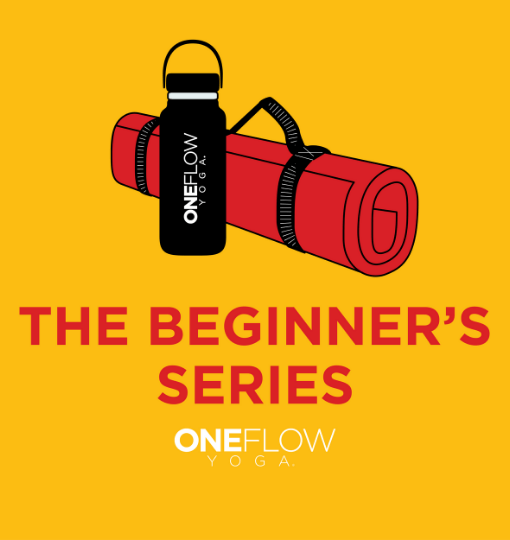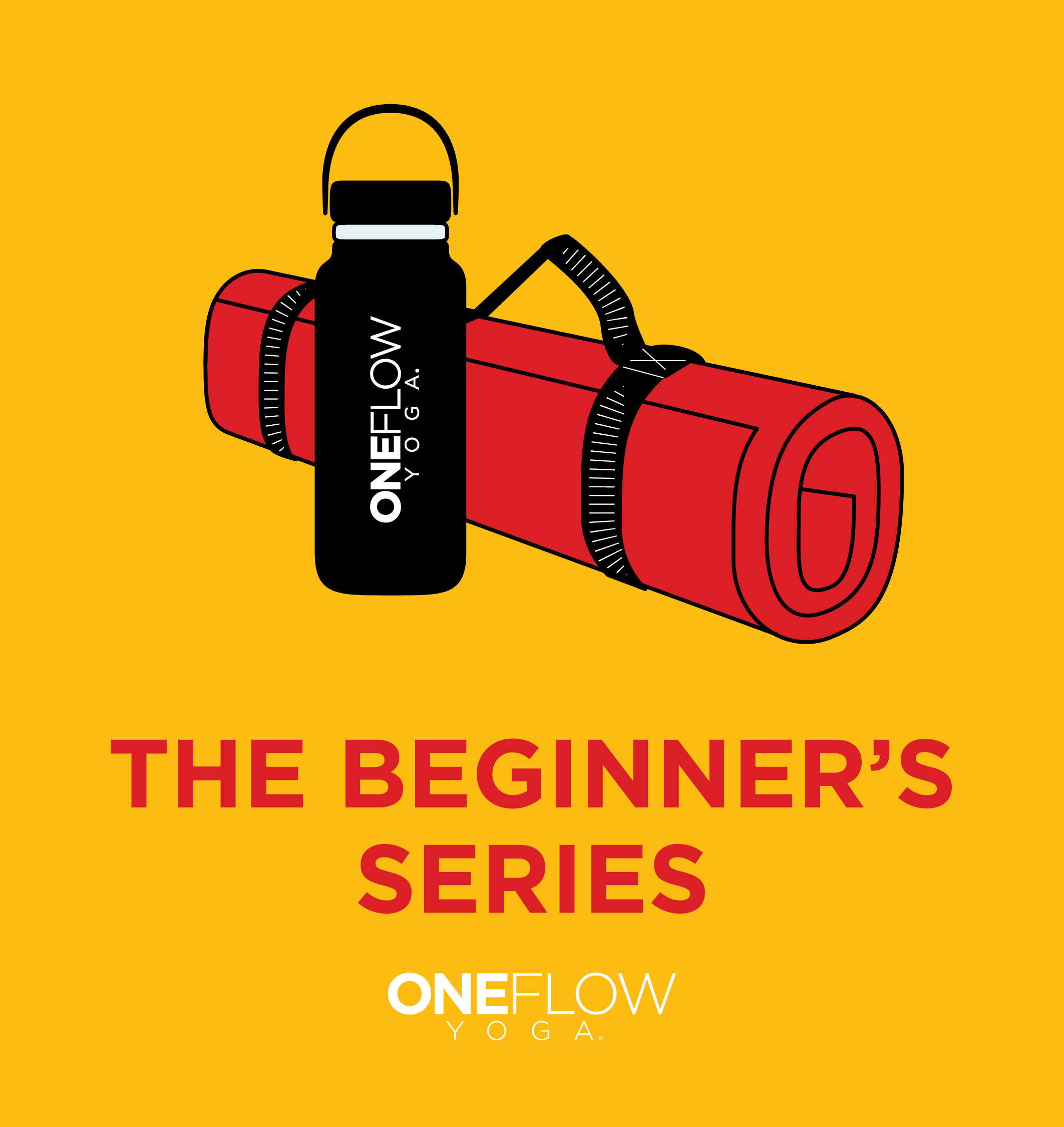To determine the difference between hatha yoga and vinyasa yoga, we need to reach back and look at some 15th-century texts. Then we need to separate what’s helpful and not and bring it back into the modern era to apply it to your practice. However, the short answer when comparing hatha and vinyasa is:
Hatha Yoga refers to all physical yoga practices, including Vinyasa yoga. Thus Vinyasa Yoga is Hatha Yoga. However, not all yoga is Hatha Yoga.
Hatha yoga is referred to as an umbrella term or broad category of things, like cars. So in some aspects, the question like saying:
What’s the difference between cars and red cars, or the difference between fruit and oranges. One is the other.
Not all yoga is hatha yoga, but all physical yoga is hatha.
- Vinyasa Yoga? Hatha Yoga.
- Ashtanga Yoga? Hatha Yoga.
- Iyengar, Yin Hot? Hatha. Hatha. Hatha.
But, and here’s where the problem comes up, in modern yoga, we tend to treat hatha yoga like it’s own separate practice.
The Definition of Hatha Yoga
You pronounce hatha, like “hot ta,” where the “a” rhymes with la, ma, and pa and it has a hard “t,” not like “hath tha,” as in “bath” and “math.”
The literal meaning of hatha is “force” or “forceful.” It also means to strike a blow. I know this can be shocking, especially if you know yoga to be about peace, love, and understanding.
Think of “force” as what you generate with your efforts, like powering an old school flashlight with a hand crank. It gets a little more poetic, though, as you’ll see.

Hatha refers to the practices of the body, so we typically think of yoga postures being hatha, but so too are breathing, eating, and others. We term these practices as “somatic.”
Some scholars, notably Eliade say hatha can also mean sun and moon. Theos Bernard concurred, back in 1947, but says in a footnote: “The traditional meaning of the word hatha is force, hence this form of Yoga is sometimes called forceful Yoga.”
Modern Hatha and Traditional Hatha Yoga
This is the tale of two hathas, one dating back to around the 13th century and the modern, twenty-first-century method, which is nothing like it.
Traditional Hatha Yoga
Hatha yoga was born around the 13th century with it’s most famous text, the Hatha Yoga Pradipika, written by Swami Swatmarama, appearing 2 centuries later.
Together, with the Gheranda Samhita and Siva Samhita, they comprise the corpus of hatha yoga. Hatha Yoga Pradipika translates to Light on Hatha Yoga. Therefore it is a text to illuminate and describe what hatha yoga is about.
As your guide, my goal is to explain how the theory works, not to agree with the point-of-view. We are not in the 15th century anymore, and our knowledge of anatomy, physiology, and other sciences has grown.
At this time, the hatha yogins imagined a coiled serpent at the base of your spine called the kundalini. Through yoga, you could wake up or strike the snake with your force, and that would cause it to stand up and move through your chakras–said like “chuck” not “chalk,” that lie along your central channel, the Sushumna Nadi. Be careful, though. kundalini awakenings could lead to “mental anguish.” (Feuerstein)
Besides the metaphoric serpent smacking, the goals of traditional hatha yoga are:
- Body purification
- Balance of the mental and physical energies
- Connect with pure consciousness
One final goal is to create balance. Hatha yoga seeks to bring harmony to the two sides of the body, thought of as two separate channels–the Ida and Pingala.
Like many Eastern practices, such as acupuncture, the goal is to keep the energy of the body flowing. The most significant problem you can have, in the Indian mind, is when things get stuck. You’ve got to keep them moving. Eastern practices imagine we have blockages that we need to remove before they can cause disease.
That’s not a foreign way of thinking to us, as we still use terms like stuck, blocked, or plateau.
Rod Stryker says that you can think about asana as a way to “dissolve or breakdown the resistance to energetic flow.”

Baking and Alchemy
Before the advent of hatha yoga, yogins thought very little of having a body, equating it with a dump. Hatha yoga came along to treat your body as a temple, which is why they offer “body-centric” yoga.
They saw yoga practices as a way to prepare or “bake” the body, as you would a clay pot.
A second agenda was alchemy and transmutation or changing one thing into another. Through yoga, you could change “the human body into a vessel immune from mortal decay”. Mark Singleton, Yoga Body.
It is the same sentiment Wilford Brimley’s character Ben expresses in the movie Cocoon.
“When we get where we’re going, we’ll never be sick, we won’t get any older, and we won’t ever die.”
David’s response to this in the film is, “you’re joking me, right?”
Modern Yoga
Modern hatha yoga is heavily focused on asana or physical postures. According to Mark Singleton, it focuses on “health, fitness, and wellbeing” and ignores “the subtle system of hatha yoga.”
Hatha is thought of as a gentle practice, but in reality, it encompasses the full degree of effort.
Modern hatha yoga took a hard turn and left the “traditional” practice of Hatha yoga in the dust.
But, Singleton concludes, “While it is going too far to say that modern postural yoga has no relationship to asana practice within the Indian tradition, this relationship is one of radical innovation and experimentation.”
The Practices of Hatha Yoga
The practices below come directly from the Hatha Yoga Pradipika. You can think of them as sequences or stages of yoga towards the goal of samadhi. Another way to think of this is as a liberation model.
Asana (Physical Practice)
Gives you steadiness, frees you from disease, and makes your body light.
Pranayama (Including Ujjayi Breathing)
This is the primary practice and is also known as kumbhaka or breath retention. Prana means breath, inhale, and lifeforce. The theory is if you can control your breath, you can control your life force. If you can slow down and extend your breath, you can extend your life.
It is here we get an explanation of the Nadis, “rivers” or subtle channels running through your body, and chakra theory.
Mudra (and bandha)
Channeling energy and directing it to areas within that body, as well as turning speech into gesture.
Samadhi
Absorption with the void.
You can also think about it this way:
- Asana frees energy.
- Pranayama teaches us how to contain energy.
- Mudra directs and expresses energy
- Samadhi connects us with the vibration of the universe.
What’s helpful about Hatha Yoga
While it’s not recommended to practice all of the prescriptions in the Hatha Yoga Pradipika, we can walk away with implications for living today.
- Place emphasis on creating balance and harmony.
- Yoga is more than the physical–a balanced diet and calm mind are equally important.
- Yoga is about physiology and psychology.
- Keep moving. We can all get stuck in patterns and ways of being.
- Be aware of where you focus your efforts and energy.
- Take care of your body. You will live longer and better if you do.
What is Vinyasa Yoga
For a fuller explanation of vinyasa yoga, I refer you here.
For our purposes, we simply need to remember that vinyasa yoga is a subset of hatha yoga. Everything that applies to hatha applies to vinyasa.
Hatha Yoga as a Physical Practice
The table below illustrates the key differences between Hatha yoga as a type of physical yoga and vinyasa.
| Item | Vinyasa Yoga | Hatha Yoga |
| Pace | Faster | Slower |
| Poses Used | Light on Yoga | Light on Yoga |
| Are Poses Linked | Yes | No |
| Cardio Benefit | Typically | No |
| Breath | Ujjayi | Varies |
| Length Poses Held | 5 Breaths | Varies |
| Difficulty | Varies | Varies |
| Repetition | Of Sequences | Of Poses |
| For Beginners | Yes | Yes |
Because both practices rely on the modern canon of postures enumerated by BKS Iyengar., you will find the same poses in each.
Vinyasa is associated with being faster, but you are just as likely to encounter a slow-paced vinyasa class as quick. The real distinction is the consistency of movement in vinyasa; it keeps moving from posture to posture through linking transitions. By contrast, hatha yoga will often “break” a pose, pause, and then start another.
Vinyasa yoga is associated with having a cardiovascular component, especially when the movement is quicker. The longer holds and frequent breaks are not conducive to raising the heart rate in the same way in hatha.
Ujjayi pranayama is the primary breath of vinyasa, while hatha yoga will prioritize different breathing methods depending on the class’s goals.
Poses are traditionally held for 5 breaths during vinyasa unless you are flowing, which may be “one breath, one movement.” Hatha may hold for as little as 30 seconds and as long as several minutes.
There is more repetition of specific sequences within a vinyasa class, while there is more repetition of postures in a hatha yoga class. In the case of vinyasa, this aids in accessing a flow state, while in hatha, it is to deepen the investigation in a given posture.
The difficulty of both can range from gentle to intense. Both practices are suitable for beginners or those new to yoga.



